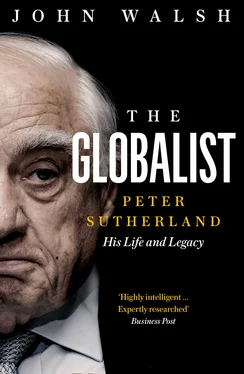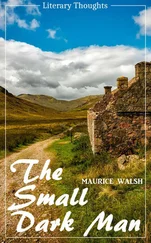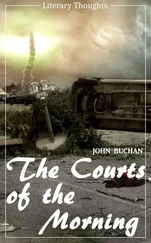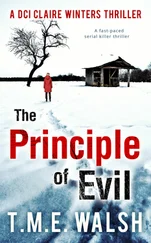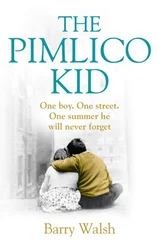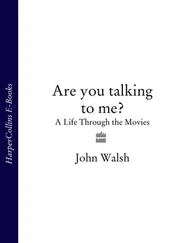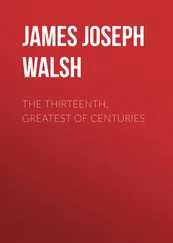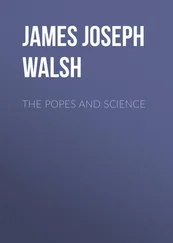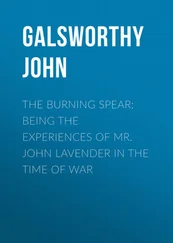Sutherland and Havers held numerous important meetings, organised by Richard Ryan at the Irish embassy in London, which covered a range of complex issues. One such was the idea, proposed by Lillis, of a mixed court system in Northern Ireland, whereby an Irish judge would sit with two Northern judges. The Irish government believed that it was the most effective way of ensuring that the nationalist community accepted the judicial system in Northern Ireland, which was seen as biased and unfair. ‘Unfortunately,’ says Lillis, ‘our side screwed up on the mixed courts issue.’
The Taoiseach, by his own admission, was the main culprit. Before the issue of how a mixed court system had been properly explored in the main channel of negotiation, which was headed on the Irish side by Dermot Nally, secretary general of the Department of An Taoiseach, and by his UK counterpart Robert (later Lord) Armstrong, FitzGerald attended a rugby match at Lansdowne Road with his son Mark and Sutherland. The Lord Chief Justice of Northern Ireland, Lord Lowry, was also present. FitzGerald started discussing with Lowry the benefits of a mixed court system and the next stage in the development of the initiative. Lowry was completely unaware of the proposal and subsequently sent a hostile message to Lord Hailsham, the UK Lord Chancellor.
The Lord Chancellor was then semi-independent of the UK government and responsible for the court system. Both Hailsham and Lowry threatened to resign if the mixed court proposal went ahead. ‘We messed up on that one. Hailsham didn’t just dislike the Irish but to an unusual extent he was deeply anti-Catholic. Thatcher was deeply upset. She wanted mixed courts. But she couldn’t overrule Hailsham. Sutherland tried to get us back on that one through his channel with Havers, but to no avail,’ says Lillis.
Another very important development over this period was the New Ireland Forum, an attempt by the Irish government to reach a consensus among nationalist communities on both sides of the border on an agreed constitutional settlement for Ireland. There was no input from Unionist communities. Sutherland was in regular attendance at the forum, and an official called Richard O’Toole from the Department of Foreign Affairs caught his eye. O’Toole would play an important role in Sutherland’s next career move.
When the New Ireland Forum reported in May 1984, it suggested three possible solutions for the crisis in Northern Ireland. These were a federal united Ireland; a confederated united Ireland; and joint sovereignty over Northern Ireland between Dublin and London. One of the most memorable episodes of the long and tense negotiations that culminated in the Anglo-Irish Agreement was Thatcher’s very public rebuke of the proposals in her infamous ‘out, out, out’ press conference in November 1984, which was damaging to FitzGerald and the government at the time. ‘But it wasn’t actually her intention. She was like an elephant in a china shop in many ways. She had no subtlety. She couldn’t deal with any ambiguities,’ Lillis says. ‘They had told us the three proposals were already not acceptable. We already knew that, but it was the way she said it. There was a lot going on in the background.’ Thatcher made the comments after a scheduled summit meeting at Chequers. The summit had been convened so that both sides could assess what progress had been made in the talks. Lillis says that until then, negotiations had been going along relatively smoothly. There were disagreements between the two sides – and interestingly, numerous disagreements within the British side – but the Irish government had kept a tight rein on the talks. Information was shared only between FitzGerald, Spring, Barry, Noonan and Sutherland. ‘They were informed on everything. There was a lot of back and forth with London. Thatcher would blow hot and cold. She could get very vituperative. One day she would tell the Irish where to go, then a few days later it would be back on again. It was very hard for the British side because their boss couldn’t make up her mind. On the Irish side there was much more uniformity and coherency. Sutherland kept a very sharp eye on all of that. He was regarded by the rest as an expert on how to read the British.’
On 12 November 1984, before that Chequers summit, a meeting was held of the entire cabinet. One of Lillis’s jobs was to write a memorandum about the state of negotiations. ‘We tend to think of Fine Gael as being less nationalist than Fianna Fáil. If you rub them up the wrong way they can be worse than anyone,’ he says. Before that meeting in Chequers, a couple of issues had arisen. Lillis shared with the cabinet certain documents from Britain proposing that the Irish government’s role in the future governance of Northern Ireland would be conducted at a very low level. But in return for this consultative role, the Irish government would have to change Articles 2 and 3 of the constitution, which because they made a claim on Northern Ireland were a source of deep antagonism among Unionists. (The articles were eventually ditched by plebiscite following the Good Friday Agreement in 1998.) Furthermore, the documents said, the SDLP would have to accept that it would have no role in a Northern Ireland government and would have to accept a subordinate role as a member of the Northern Ireland Assembly.
‘It was unfortunate it was expressed in those terms because it wasn’t really the British position. We knew that. It was a document that was given to us at that time that didn’t reflect the British position positively and it was a reflection of a meeting the British side had with Thatcher. She had become highly irate about what the Irish side was looking for,’ Lillis says.
But the cabinet reacted with outrage. It felt that London had been bullying the Irish negotiating team. The cabinet demanded that before FitzGerald went to Chequers, the officials would deliver a strongly worded response. ‘Sutherland was dragged into it. It ended up in diplomatic terms with what is known as a speaking note. It is basically a letter except you read it out. It’s a way of delivering a message from one government to another, especially if there is tension between the two. I got the job of delivering it to the British government. I could see it would end up doing a lot of damage to our relationship with London. Sutherland didn’t want anything to do with it, but was given the job of drafting it. It came out in belligerent, hostile terms. In the end I was sent over to my opposite number David Goodall. He was very well disposed to doing a deal. He knew that Thatcher would blow a gasket if she saw the demands coming from Dublin. It was the only time Sutherland took an extremely hard nationalist line. It wasn’t the real Sutherland.’
When Lillis phoned FitzGerald from London and told him it would be a very unwise move to deliver the note, the Taoiseach gave him permission to draft an alternative, less strongly worded letter. Lillis had a meeting with Goodall and the two drafted a second letter of protest. Delivered just before the Chequers summit, it ended up being a mild rebuke rather than the dark green fusillade originally intended.
Sutherland was not at Chequers, but the meeting was quite positive and had made a lot of progress. It was afterwards, when the two governments each went off to their respective press conferences, that things went awry. It was mistimed. The British government did not hold its press conference at the scheduled time, so the Irish government did not know about the ‘out, out, out’ comments when FitzGerald addressed the assembled media.
Running parallel to the Anglo-Irish talks, Sutherland had been dealing with another sensitive area that was a source of deep tension with London: the refusal by the Irish courts to extradite Republicans suspected of paramilitary activities. From 1965 onwards, Irish courts had refused extradition warrants based on terrorist offences because they were deemed to be political crimes.
Читать дальше
